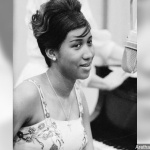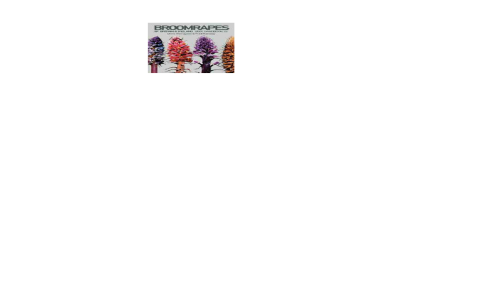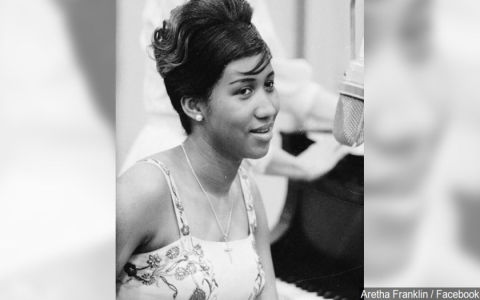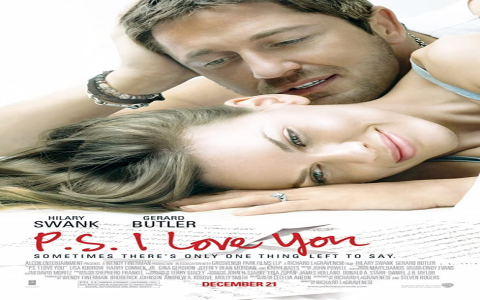Exploring the Eerie Filming Locations of The Fall of the House of Usher
When delving into the chilling adaptation of Edgar Allan Poe’s work, The Fall of the House of Usher, one can’t help but be captivated by the choice of filming locations that paint the bleak and Gothic landscape of this haunting tale. Filmed various impressively chilling locales not only contribute to the atmosphere but also offer a visual narrative that complements the story’s dark essence.
The Iconic Usher Estate: Biltmore Estate
Nestled within Asheville, North Carolina, the Biltmore Estate adds an almost surreal grandeur to the Usher family home. Known for its vast grounds and palatial architecture, this estate effectively sets the stage for the opulent, yet decaying milieu of the Usher family.

The Biltmore Estate, with its enormous corridors and expansive gardens, embodies the eerie spaciousness within which the Usher lineage unravels.
Palatial Decay: Highclere Castle
Another significant location, Highclere Castle from Downton Abbey fame, in Hampshire, England, was utilized to capture the decaying grandeur of the Usher household. Its shadowy corridors and the grand library became the perfect backdrop for the film’s haunting scenes.
The majestic decay was further accentuated by shoots at Highclere Castle, showcasing the erroneous Usher family lineage in a setting as fragile as the characters themselves.
The Haunted Grounds: Winterthur Museum, Garden, and Library
At Winterthur, Delaware, the Winterthur Museum adds an extra layer of eerie atmosphere. The house tells its own story of aging and isolation, mirroring the family’s deterioration. Its opulent rooms and towering columns provide an almost supernatural aura to the movie.
- Explore the house and grounds at Winterthur, and you’ll find it hard not to sense an omnipresent gloom that feels ripped from Poe’s own mind.
Moody Lakes and Vistas: Lake Derwentwater in Keswick
For scenes that require the moody waters and the haunting vista of an atmospheric setting, Lake Derwentwater in Keswick, England, was the go-to place. Here, the reflections on the lake mirror the interior decay and despair of the Usher family.
Step onto the shores of Derwentwater where the dark, reflective water glimmers beneath a sky that seems to weep for the Ushers.
Macabre Interiors: Chiswick House
Inside London, the Chiswick House offered its decaying halls and shadowy interiors, enhancing the narrative’s air of Gothic terror. The architectural magnificence of Chiswick House juxtaposes perfectly with the story’s dire circumstances.
- Through the rooms of Chiswick House, the despair and history of the Usher family seem to echo from the very stones.
Conjuring the Atmosphere
The use of these filming locations transcends mere visual appeal; they immerse us in Poe’s world, rich with symbolism and foreboding. The sophisticated choice of locations that evoke both grandeur and decay tells a visual story as compelling as the narrative itself. The filming locations construct a universe where the past suffused with age and recollection seem fittingly mirrored in the Usher’s personal downfall.

The ability of these filming locations to alter our perception, seeping into the subconscious like the ghastly presences feared by Usher, showcases how the film crew breathed life into Poe’s atmospheric narrative. These choices not only set the scene but also embody the characters’ inner turmoil and the inevitable decline of their dynasty.
In conclusion, the Fall of the House of Usher película locations are more than just backdrops; they are characters in their own right, each locale telling a piece of the story and echoing the eerie spirit of Poe’s unmatched chilling tale.










